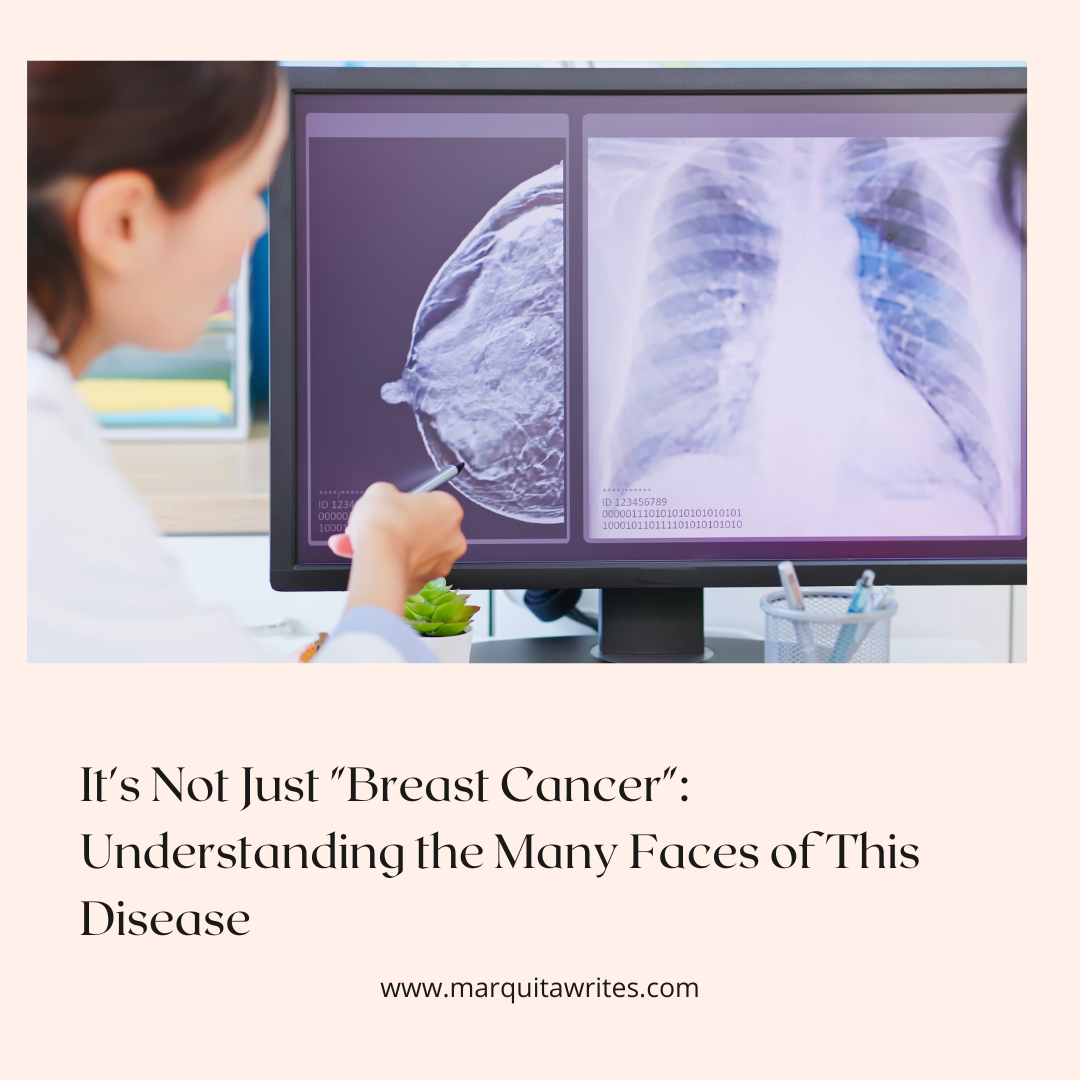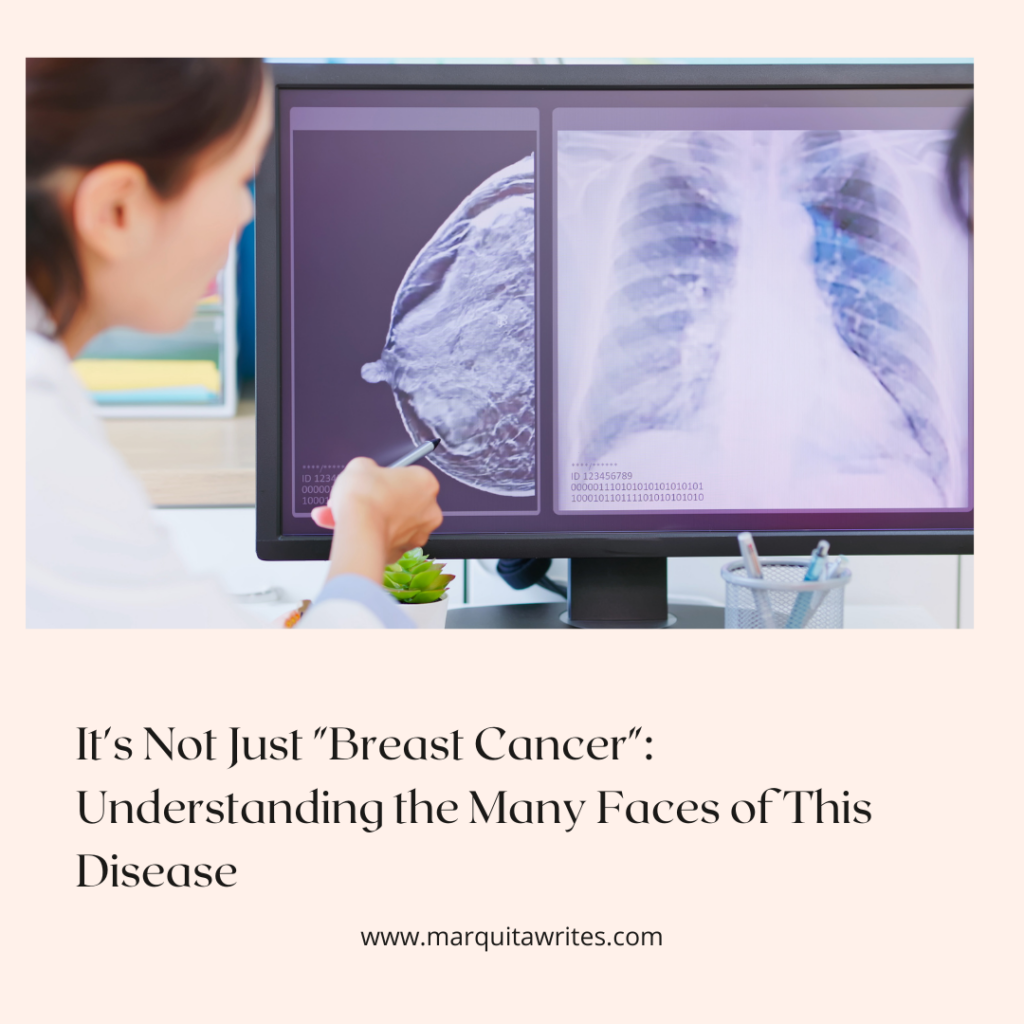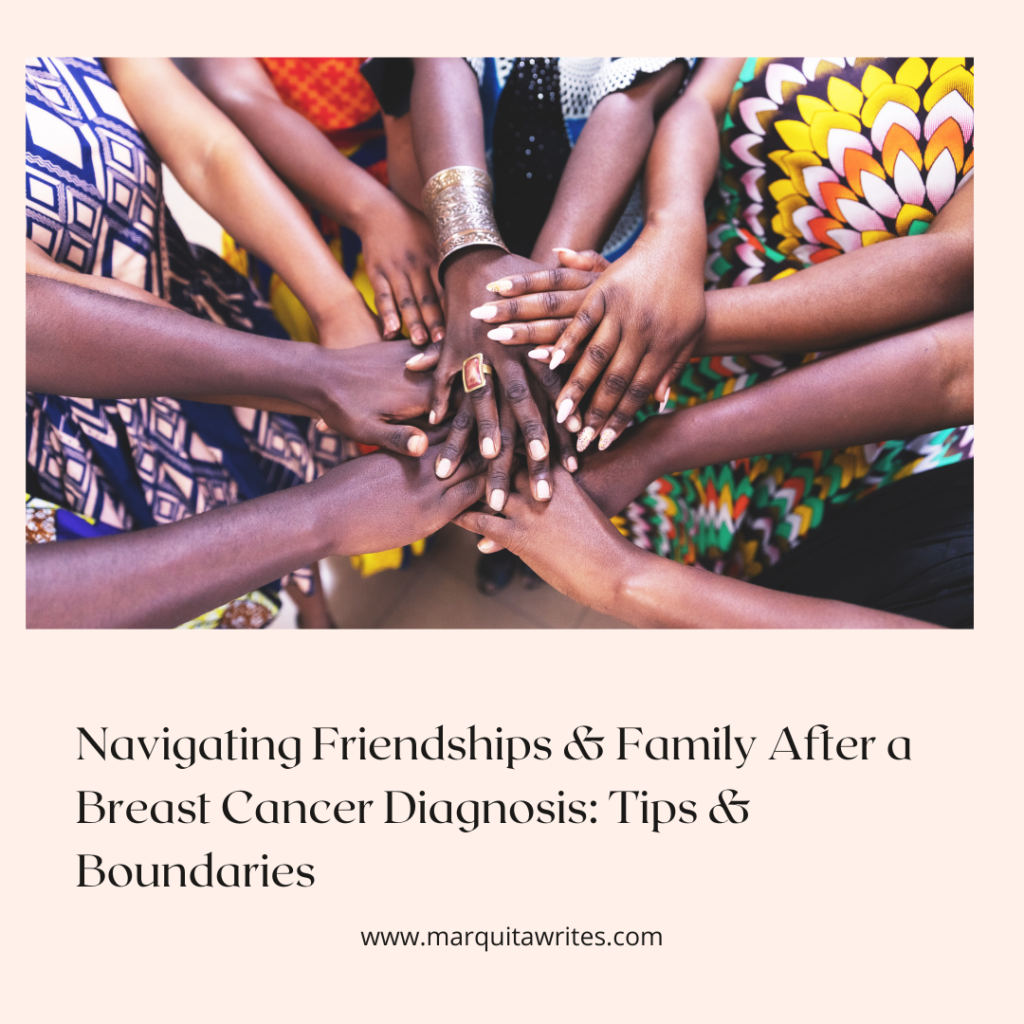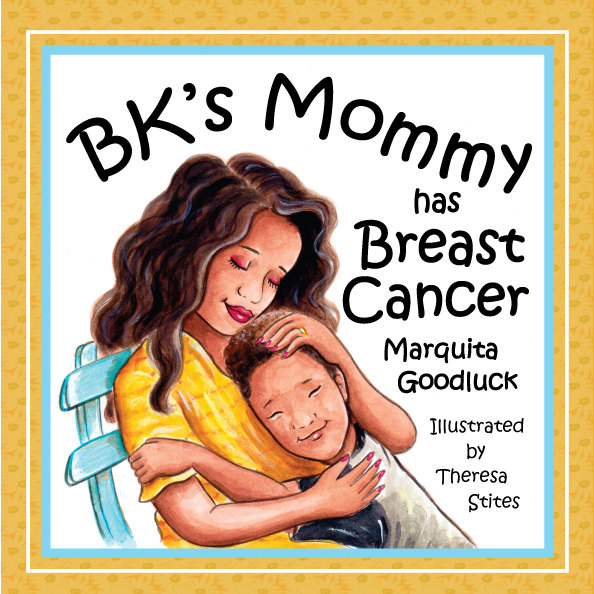
It’s Not Just “Breast Cancer”: Understanding the Many Faces of This Disease

As a breast cancer survivor, I’ve had countless conversations where the topic of a breast cancer diagnosis comes up. And you know what I’ve noticed? When people hear “breast cancer,” there’s often an assumption that it’s one singular thing. They assume that what has happened to someone else, will happen to you. They picture one disease, one set of challenges, one path of treatment. But the truth is, saying someone has “breast cancer” is like saying someone has “a car” – there are so many different makes, models, and functionalities within that broad category.
The reality is that breast cancer is a complex and diverse group of diseases. It’s not a one-size-fits-all diagnosis, and the way it behaves, the treatments that work best, and even the long-term outlook can vary significantly depending on the typeof breast cancer you have. There’s no “good” or “bad” type to get, trust me. Each comes with its own unique set of hurdles, fears, and triumphs.
So today, I wanted to shed some light on the different types of breast cancer. This isn’t meant to be a comprehensive medical guide (always talk to your doctor!), but rather a way to broaden understanding and perhaps help those newly diagnosed feel less alone in their specific experience.
Here are some of the key ways breast cancers can differ:
Based on Where it Starts:
- Ductal Carcinoma In Situ (DCIS): This is considered non-invasive cancer. The cancer cells are contained within the milk ducts and haven’t spread to surrounding breast tissue. While it’s not life-threatening in itself, it does require treatment to prevent it from becoming invasive.
- Lobular Carcinoma In Situ (LCIS): Unlike DCIS, LCIS isn’t considered a true cancer. Instead, it’s an area of abnormal cells in the lobules (milk-producing glands) of the breast. Having LCIS increases the risk of developing invasive breast cancer in either breast later on.
- Invasive Ductal Carcinoma (IDC): This is the most common type of invasive breast cancer. It starts in the milk ducts and has broken through the duct wall and spread into the surrounding breast tissue. From there, it can potentially spread to other parts of the body.
- Invasive Lobular Carcinoma (ILC): This type starts in the lobules and can spread to surrounding breast tissue. ILC cells often grow in single file lines, which can sometimes make it harder to detect on mammograms.
Based on Hormone Receptor Status:
This is a crucial factor in determining treatment. Breast cancer cells often have receptors for hormones like estrogen and progesterone.
- Hormone Receptor-Positive (HR+): This means the cancer cells have receptors for estrogen (ER+) and/or progesterone (PR+). These cancers can be fueled by these hormones, so treatments often include hormone-blocking therapies.
- Hormone Receptor-Negative (HR-): These cancer cells don’t have significant estrogen or progesterone receptors. Hormone therapy won’t be effective for these types.
Based on HER2 Status:
HER2 is a protein that promotes cell growth.
- HER2-Positive: These cancers have an excess of the HER2 protein, which can make them grow and spread more quickly. There are specific targeted therapies that can effectively block HER2.
- HER2-Negative: These cancers don’t have an overabundance of the HER2 protein.
Other Less Common Types:
There are also several less common types of breast cancer, each with its own characteristics:
- Inflammatory Breast Cancer (IBC): A rare and aggressive type where cancer cells block lymph vessels in the skin of the breast, causing it to look red, swollen, and feel warm. It often doesn’t present as a typical lump.
- Triple-Negative Breast Cancer (TNBC): This type is estrogen receptor-negative, progesterone receptor-negative, and HER2-negative. It can be more aggressive and has fewer targeted treatment options, although research is rapidly evolving.
- Metaplastic Breast Cancer: A rare type with cells that transform into different types of cells, like squamous cells.
- Paget’s Disease of the Nipple: A rare form that involves the skin of the nipple and usually the underlying breast tissue.
- Angiosarcoma of the Breast: A rare cancer that starts in the lining of blood vessels or lymph vessels in the breast.
The Takeaway:
Understanding that breast cancer isn’t a monolithic disease is so important. My journey with one type of breast cancer might look very different from someone else’s experience with a different type. Our treatments, our side effects, our anxieties, and even our hopes can be shaped by the specific biology of our cancer.
If you’re newly diagnosed, don’t hesitate to ask your medical team about the specific type of breast cancer you have and what that means for your treatment plan. Empowering yourself with knowledge is a crucial step in navigating this journey.
And for those who haven’t been touched by breast cancer, I hope this gives you a better appreciation for the complexity of this disease. When you hear someone say they have breast cancer, remember that there’s a whole world of possibilities within that diagnosis.
We are all fighting our own unique battles, and understanding the landscape of breast cancer helps us to support each other with more empathy and knowledge.
Stay strong, stay informed, and know that you are not alone.
With love and hope,
Marquita



